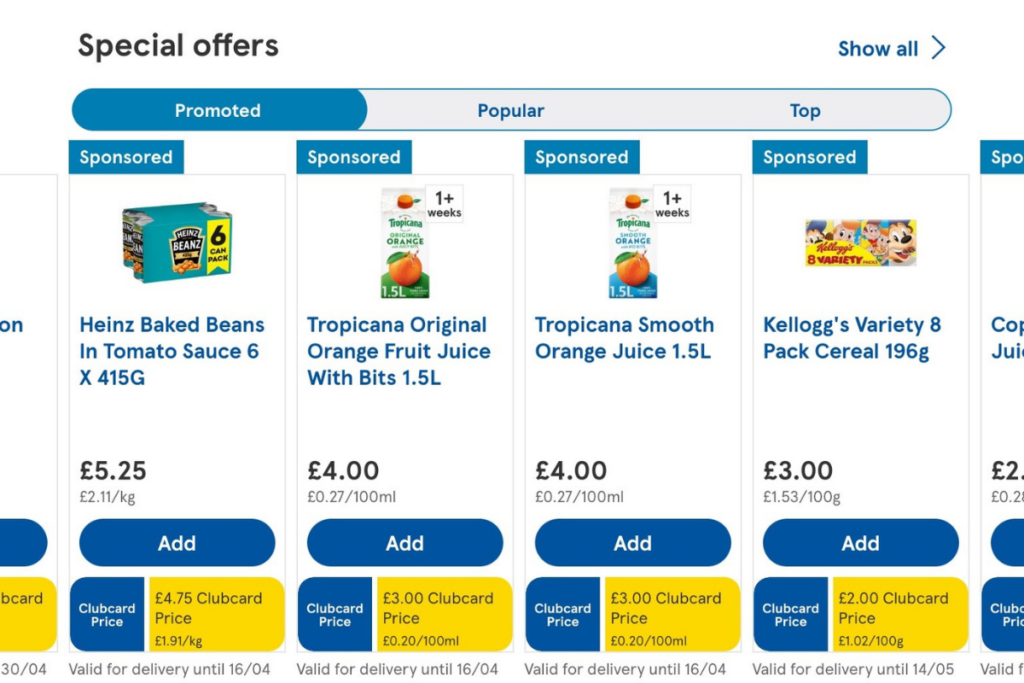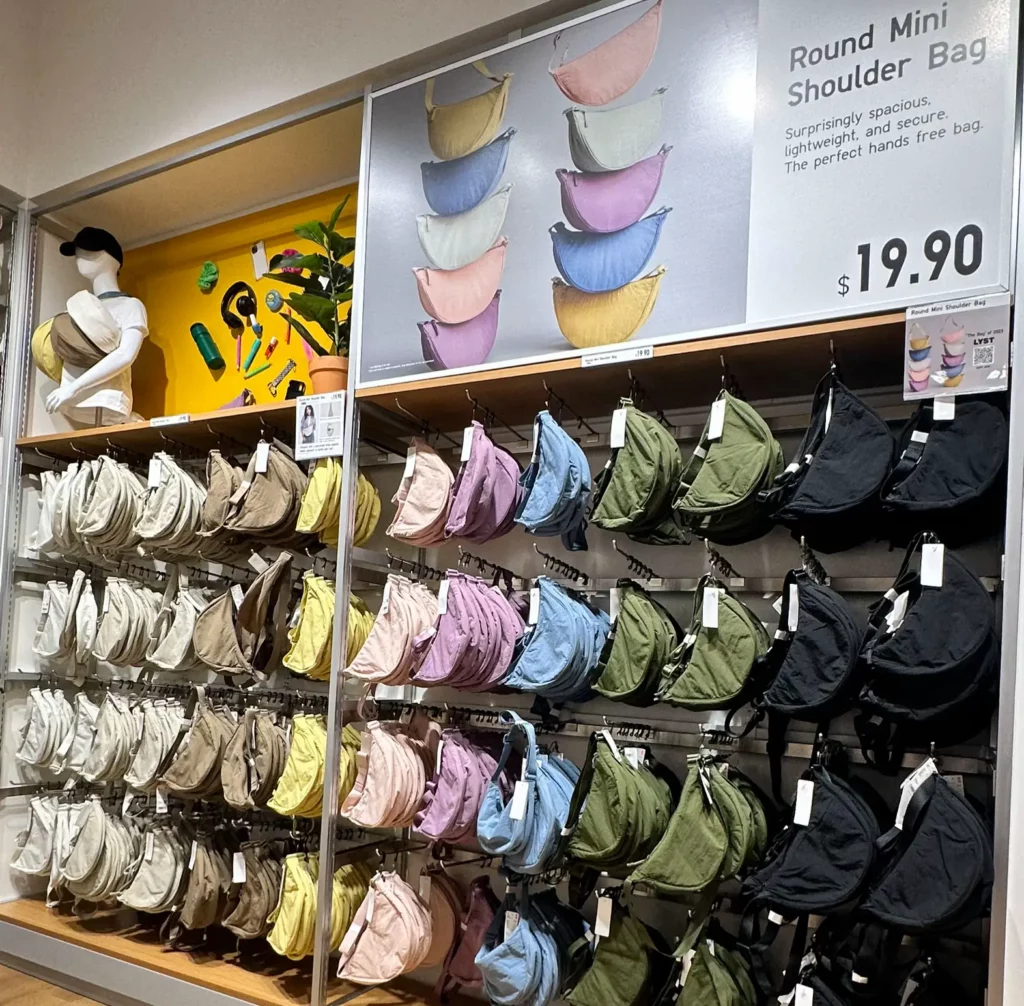Virtual fitting room provider Fits.me has signed new deals with British firms including Crew Clothing and Austin Reed as well as an array of Danish, Dutch and American retailers.
The service says it has the potential to reduce garment returns but also aims to improve online conversion rates.
Peter Rankin, VP Sales, Fits.me, commented: “Our analytics results show that, across the board, shoppers who use the virtual fitting room are twice as likely to convert into a sale as those that don‘t.
“Concluding a sale, in the size that the shopper wants, there and then, reduces the likelihood of the shopper looking and purchasing elsewhere, and ecommerce directors in competitive clothing sectors are very aware of that.”
The majority of deals signed and announced by Fits.me earlier this year now bring the total number of Fits.me Virtual Fitting Rooms to 23 in nine countries. Several retailers including Henri Lloyd, Hugo Boss and L.K.Bennett, have chosen to deploy their Fits.me Virtual Fitting Room around their Autumn/Winter 2013 collections and ranges.
“There is no doubt that virtual fitting rooms have rocketed during 2013, from ‘mmm-nice-to-have‘ to being a vital weapon for retailers,” says Heikki Haldre, co-founder and chief executive of Fits.me. “As the proportion of online sales increases, so do retailers‘ overall garment returns rate. That attracts attention – and pressure to deal with it – from across the business.”
In the UK, potential changes to the Consumer Rights Bill may be another reason for continued interest in virtual fitting rooms. Changes under discussion include a 30-day right-to-reject clause for “faulty” items, with the definition of “faulty” extending to whether the item looked and fit as it did on the website.
“It would be a very good incentive to adopt the only virtual fitting room that provides a photographic visualisation of fit,” admits Haldre. “In customer terms, a Fits.me Virtual Fitting Room helps shoppers overcome their hesitation and doubts over sizing, and helps them to buy more accurately. In retailer terms, it may – if the legislation passes unchanged – help them to fulfil their obligation to give consumers correct guidance and information regarding size and fit.

















